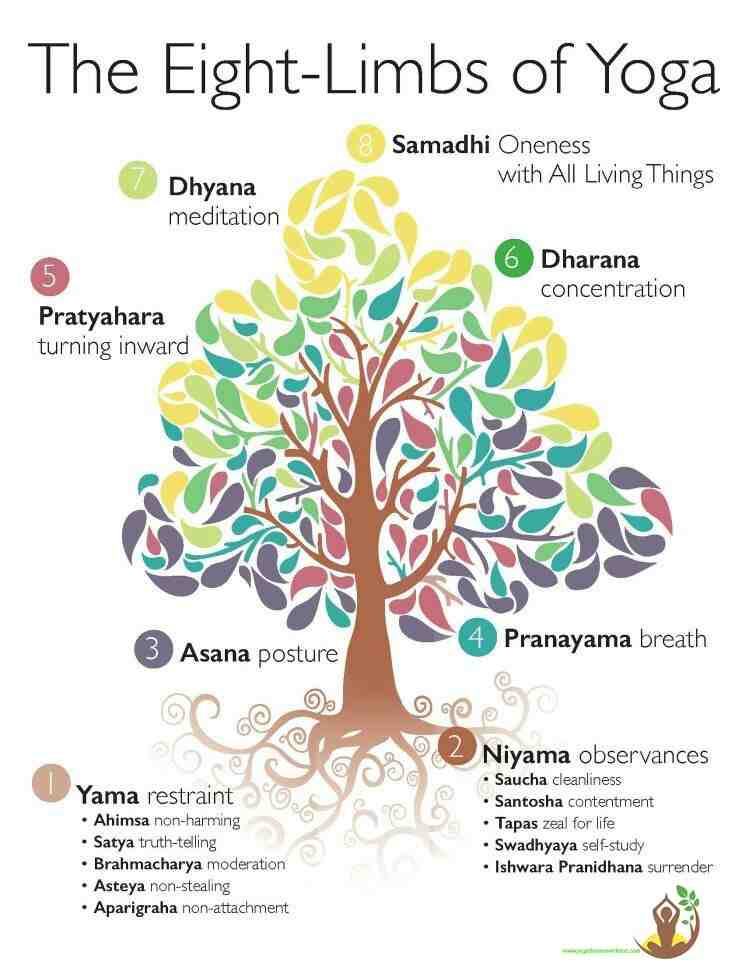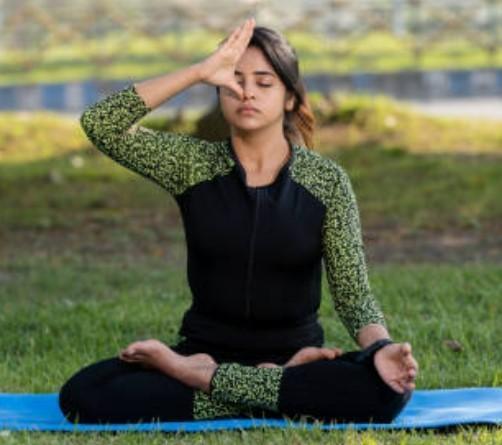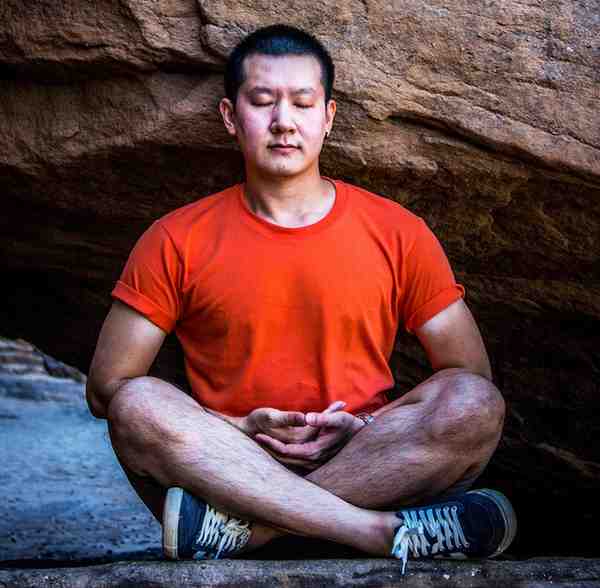8 Limbs of Yoga
what are 8 limbs of yoga?
The Eight Limbs of Yoga, also known as Ashtanga Yoga, are a set of guidelines outlined by the sage Patanjali in the Yoga Sutras. These limbs provide a comprehensive framework for spiritual and personal development, leading practitioners towards a state of mental clarity, self-realization, and union with the divine.

The 8 Limbs of Yoga
- Yama (Ethical Standards)
- Niyama (Self-Discipline)
- Asana (Physical Postures)
- Pranayama (Breath Control)
- Pratyahara (Withdrawal of the Senses)
- Dharana (Concentration)
- Dhyana (Meditation)
- Samadhi (Union)
Here’s a brief explanation of each limb:
1. Yama (Ethical Standards)
Yama refers to the moral and ethical guidelines that practitioners should observe in their daily lives. It includes five principles: Ahimsa (non-violence), Satya (truthfulness), Asteya (non-stealing), Brahmacharya (celibacy or moderation), and Aparigraha (non-greed). These principles help cultivate harmonious relationships with oneself and others.
- Ahimsa (Non-Violence)
- Satya (Truthfulness)
- Asteya (Non-Stealing)
- Brahmacharya (Celibacy or Moderation)
- Aparigraha (Non-Greed)
Ahimsa (Non-Violence)
Ahimsa is the principle of non-violence in thoughts, words, and actions. Practitioners are encouraged to cultivate compassion and refrain from causing harm to oneself, others, or any living being.
Satya (Truthfulness)
Satya emphasizes truthfulness and honesty. It involves being truthful in speech, thoughts, and actions, avoiding deception, and living with integrity.
Asteya (Non-Stealing)
Asteya promotes the idea of not stealing or coveting what belongs to others. It goes beyond material possessions and also applies to not stealing someone’s time, ideas, or trust.
Brahmacharya (Celibacy or Moderation)
Brahmacharya encourages the wise use of energy, particularly related to sexual energy. It advocates for moderation and balance in all aspects of life, allowing one to conserve and channel their energy towards higher pursuits.
Aparigraha (Non-Greed)
Aparigraha advises against possessiveness and excessive desire for material things. It encourages contentment and detachment from material possessions, fostering a sense of inner freedom and peace.
2. Niyama (Self-Discipline)
Niyama encompasses personal observances and practices for self-discipline and inner purification. It consists of five aspects: Saucha (cleanliness), Santosha (contentment), Tapas (self-discipline or austerity), Svadhyaya (self-study or introspection), and Ishvara Pranidhana (surrender to a higher power or devotion). Niyama fosters a positive and disciplined mindset.
- Saucha (Cleanliness)
- Santosha (Contentment)
- Tapas (Self-Discipline or Austerity)
- Svadhyaya (Self-Study)
- Ishvara Pranidhana (Surrender to a Higher Power)
Saucha (Cleanliness)
Saucha involves both external and internal cleanliness. It encourages the purification of the body through asana and pranayama practices, as well as mental and emotional cleansing through self-reflection and positive thoughts.
Santosha (Contentment)
Santosha is the practice of finding contentment and satisfaction with what one has, rather than constantly seeking external sources of happiness. It fosters gratitude and inner peace.
Tapas (Self-Discipline or Austerity)
Tapas refers to self-discipline and the willingness to exert effort to achieve one’s goals. It involves embracing challenges and hardships as opportunities for personal growth and transformation.
Svadhyaya (Self-Study)
Svadhyaya involves the study and exploration of oneself, both internally and externally. It includes studying sacred texts, engaging in introspection, and seeking self-awareness to gain a deeper understanding of one’s true nature.
Ishvara Pranidhana (Surrender to a Higher Power)
Ishvara Pranidhana encourages surrendering the ego and individual will to a higher power or divine force. It involves recognizing and trusting in a higher purpose, leading to a sense of interconnectedness and spiritual devotion.
By incorporating Yama and Niyama into their lives, practitioners of yoga can cultivate a strong ethical foundation and develop self-discipline, which is essential for progressing along the path of yoga and attaining spiritual growth and self-realization
3. Asana (Physical Postures)
Asana refers to the practice of physical postures in yoga. These postures aim to build strength, flexibility, balance, and stamina in the body. The physical practice of yoga prepares the body for meditation and promotes overall health and well-being.
4. Pranayama (Breath Control)

Pranayama focuses on regulating and controlling the breath to enhance the flow of life force energy (prana) in the body. Through specific breathing techniques, practitioners can calm the mind, increase energy levels, and cultivate a deeper awareness of the breath.
5. Pratyahara (Withdrawal of the Senses)
Pratyahara involves turning the attention inward by withdrawing the senses from external stimuli. By reducing sensory distractions, practitioners can develop better concentration and focus, preparing them for deeper stages of meditation.
6. Dharana (Concentration)
Dharana refers to the practice of concentration, where one focuses the mind on a single point or object. By training the mind to be steady and undistracted, practitioners can attain higher levels of mental clarity and control.
7. Dhyana (Meditation)

Dhyana is the state of meditation, where the mind is continuously focused and absorbed in the object of concentration. In this limb, the practitioner experiences a profound sense of inner peace and unity.
8. Samadhi (Union)
Samadhi is the ultimate goal of yoga, a state of complete absorption and oneness with the object of meditation. It is a state of profound spiritual realization and self-awareness, where the individual consciousness merges with the universal consciousness.
Samadhi is the final limb of the Eight Limbs of Yoga, and it refers to a state of profound meditative absorption and union. In this state, the practitioner experiences complete oneness with the object of meditation, transcending the boundaries of the individual self and merging with the universal consciousness.
During Samadhi, the mind becomes perfectly still, free from distractions and fluctuations. The sense of duality between the observer and the observed dissolves, and there is a direct experience of unity and interconnectedness with all of existence.
Samadhi is considered the highest state of consciousness in yoga, where the practitioner attains a deep sense of peace, bliss, and spiritual realization. It is often described as the ultimate goal of yoga, as it leads to self-realization and a profound understanding of the true nature of reality.
It’s important to note that Samadhi is a rare and advanced state of meditation that requires years of dedicated practice and spiritual evolution. Different traditions and paths of yoga may have slightly different interpretations of Samadhi, but its essence remains consistent: a state of transcendence and profound unity with the divine.
By practicing the 8 Limbs of Yoga, individuals can progress on a path of self-discovery, personal growth, and spiritual enlightenment. It is essential to remember that progress in each limb is gradual and requires patience, consistency, and dedication.
